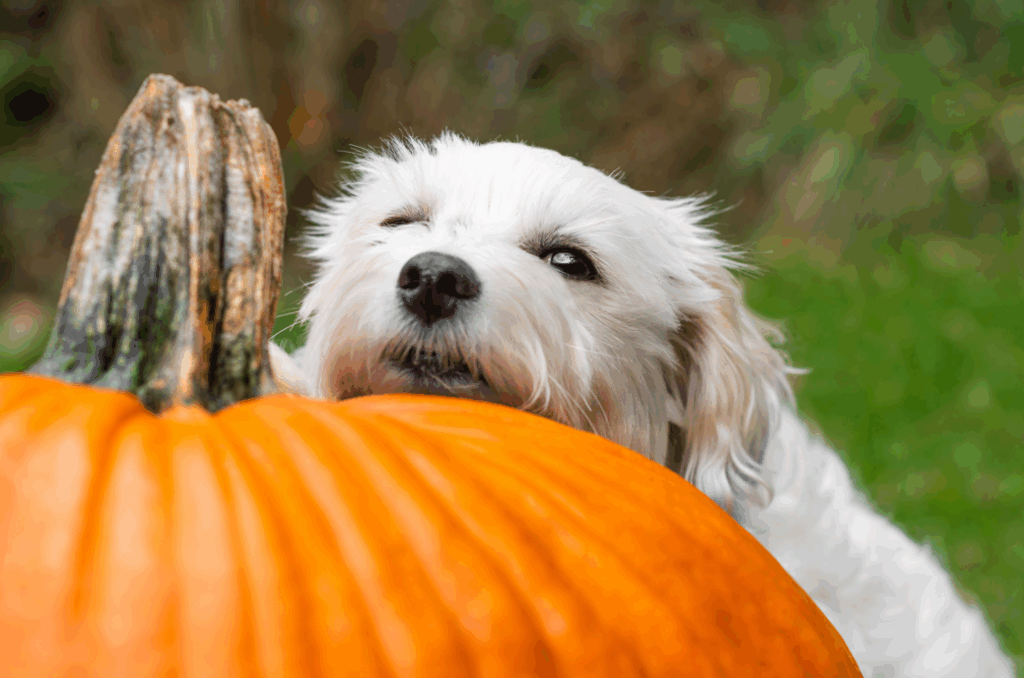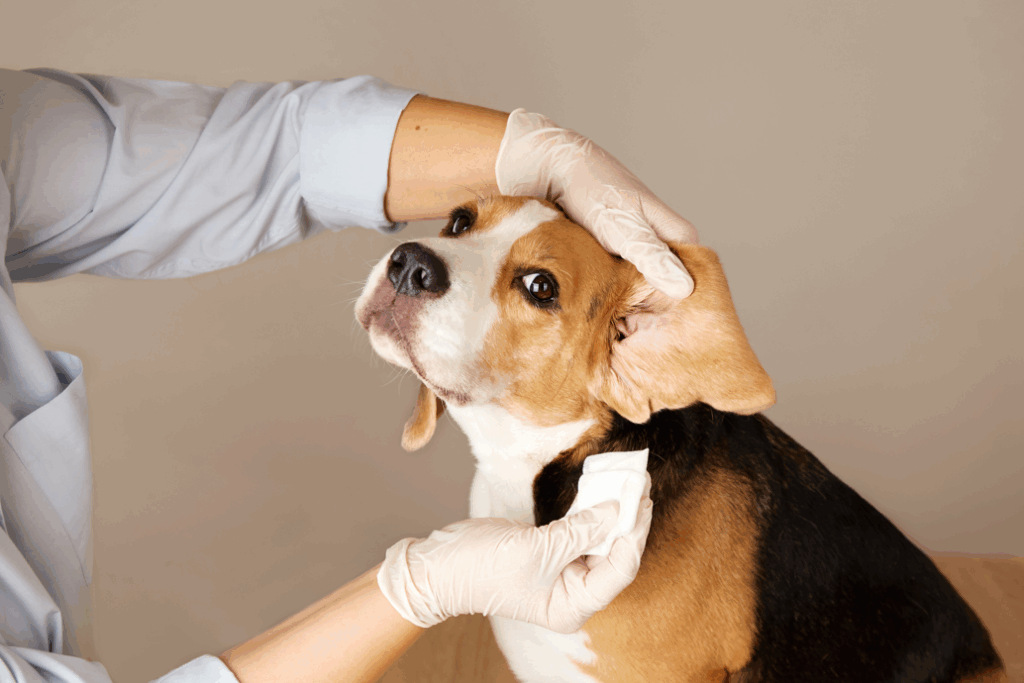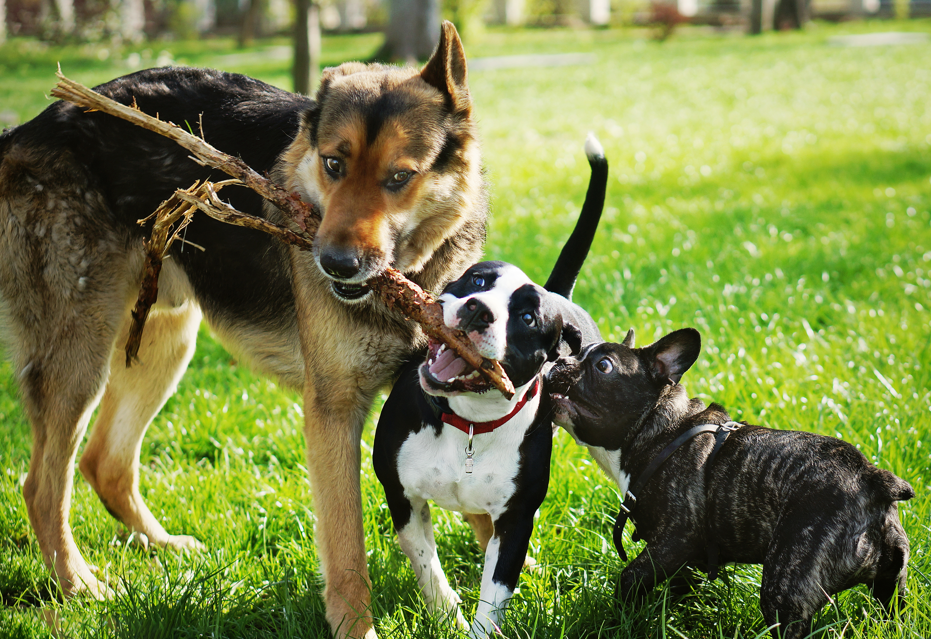Archive for November 2025
Fall Foods That Are Toxic to Pets (and What’s Safe to Share)
There’s nothing like the cozy comfort of fall foods — pumpkin spice, baked apples, and family feasts. But while many autumn favorites are perfectly safe for humans, several can be dangerous for pets. Knowing which ingredients to avoid (and which ones you can safely share) can help you enjoy the season together without any emergency…
Read MoreWhy Flea, Tick and Heartworm Prevention Is Still Essential in Fall Months
When the weather cools down, many pet owners assume parasites like fleas, ticks, and mosquitoes go away — but that’s far from the case. In most regions, these pests remain active well into fall and even early winter, putting pets at risk of serious illnesses like Lyme disease, anaplasmosis, and heartworm disease. Fleas and Ticks…
Read MoreYeast Infections in Dogs’ Ears During Cooler, Damp Weather
As temperatures drop and humidity rises, many dogs become prone to ear issues — particularly yeast infections. The combination of cooler weather, damp conditions, and less frequent ear drying after baths or walks can create the perfect environment for yeast to grow. Why Yeast Infections Happen Yeast naturally lives on your dog’s skin and ears…
Read MoreHeart Murmurs in Dogs: What They Mean and When to Worry
Hearing that your dog has a heart murmur can sound alarming, but it’s actually quite common — especially in older pets and certain breeds. A heart murmur is an abnormal sound caused by turbulent blood flow in the heart, and while some are harmless, others may signal underlying heart disease. What Causes a Heart Murmur?…
Read MoreCore Vaccines for Dogs and Cats: What Every Pet Needs
Vaccines are one of the most important tools for keeping pets healthy and preventing the spread of contagious diseases. While every pet’s lifestyle is different, core vaccines are considered essential for all dogs and cats because they protect against diseases that are widespread, severe, or transmissible to humans. Core Vaccines for Dogs Rabies: Required by…
Read MoreSeizures in Pets: What to Do Until You Reach the Vet
Watching your pet have a seizure can be terrifying, but knowing how to respond calmly can make all the difference. A seizure happens when abnormal electrical activity occurs in the brain, leading to sudden, uncontrollable movements or loss of awareness. What a Seizure May Look Like Seizures can vary in appearance and duration. You may…
Read MoreForeign Body Ingestions: Why Dogs Eat Socks, Toys, and More
Dogs are naturally curious — and sometimes that curiosity leads them to swallow things they shouldn’t. From socks and squeaky toys to rocks and corn cobs, foreign body ingestion is one of the most common veterinary emergencies. Why Dogs Eat Non-Food Objects There are several reasons dogs might eat strange items: Curiosity or play: Puppies,…
Read MoreLuxating Patella in Dogs: Signs and Surgery Options
If your dog occasionally skips or hops on one back leg, they may have a luxating patella — a common orthopedic condition where the kneecap (patella) slips out of place. This issue can range from mild and manageable to severe enough to require surgery. What Causes Luxating Patella The condition often results from genetic factors…
Read MoreCrystals in Cat Urine: Why They Form and How Vets Treat Them
If your cat is straining to urinate, visiting the litter box frequently, or crying out in discomfort, urinary crystals could be to blame. These tiny mineral deposits can irritate the bladder, block urine flow, and lead to dangerous complications if untreated. Why Crystals Form Crystals develop when minerals in the urine (like magnesium, calcium, or…
Read MoreCanine Influenza: Signs & Symptoms to Watch For
Cold and flu season doesn’t just affect people — dogs can get sick, too. Canine influenza, or dog flu, is a contagious respiratory virus that spreads quickly anywhere dogs gather, from boarding facilities to dog parks. While most cases are mild, some can develop into serious respiratory illness. How It Spreads The virus spreads through…
Read More









